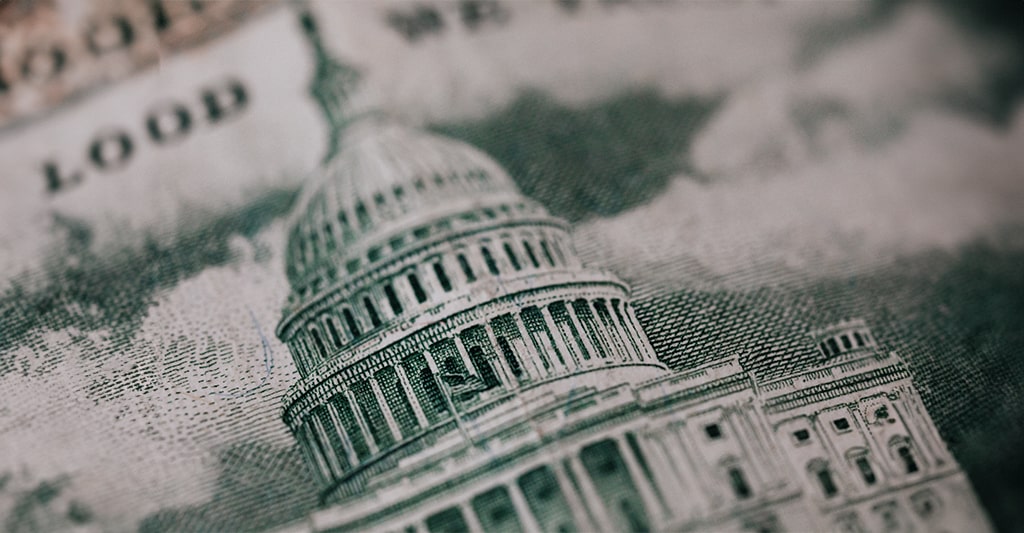
A Falling US Dollar Benefitting Risk Assets Worldwide
As inflation in the United States shows signs of slowing down, it is contributing to a decline in the US Dollar, consequently favoring risk assets worldwide. In September 2022, the US Dollar reached a historic high due to rising interest rates. However, as of now, the US Dollar has dropped approximately 13% against a basket of currencies, marking its lowest point in the past 15 months.
Risk assets, denoting assets prone to risk and price volatility, encompass various categories such as emerging markets, currencies, equities, commodities, and high-yield bonds.
Given the significant role of the US Dollar in the global financial system, its decline leads to a reduction in US Treasury yields, diminishing the attractiveness of the US Dollar. Conversely, this trend benefits other currencies, including the Mexican Peso and the Japanese Yen.
On the corporate front, a weaker dollar is advantageous for some US companies. It enables multinational corporations to convert overseas profits back to dollars more affordably and enhances the competitiveness of exports in foreign markets. Notably, certain sectors like technology, where companies derive a substantial portion of revenue from international markets, stand to gain.
In the currency markets, as the US Dollar weakens, technical levels are being breached, and currencies sensitive to risk are experiencing upward movements globally. Specific foreign exchange strategies, such as Dollar Funded Carry Trades, are expected to thrive amid the dim outlook for the US Dollar. In a Dollar Funded Carry Trade, a higher-yielding currency is purchased against the sale of US Dollars, allowing participants to profit from the interest rate differential.
The depreciation of the US Dollar benefits some central banks and their monetary policies. For instance, in Japan, the recent 3% decline in the US Dollar has alleviated concerns about government intervention in the currency markets for an import-dependent economy.
The S&P Goldman Sachs Commodity Index (S&P GSCI) has increased by 4.6% this month, reflecting the declining US Dollar and making raw materials more appealing to foreign buyers. Emerging Markets are also reaping the benefits of a weaker US Dollar, as it eases the servicing of corporate or sovereign debt, leading to a 2.4% rise this year in the MSCI Emerging Market Currency Index.
The overall outlook for the US Dollar is pessimistic, with many experts anticipating further declines, possibly to levels preceding the Federal Reserve’s interest rate hikes, and the potential for even greater weakness. However, caution is advised, as an unexpected surge in inflation could prompt global strategy adjustments.




